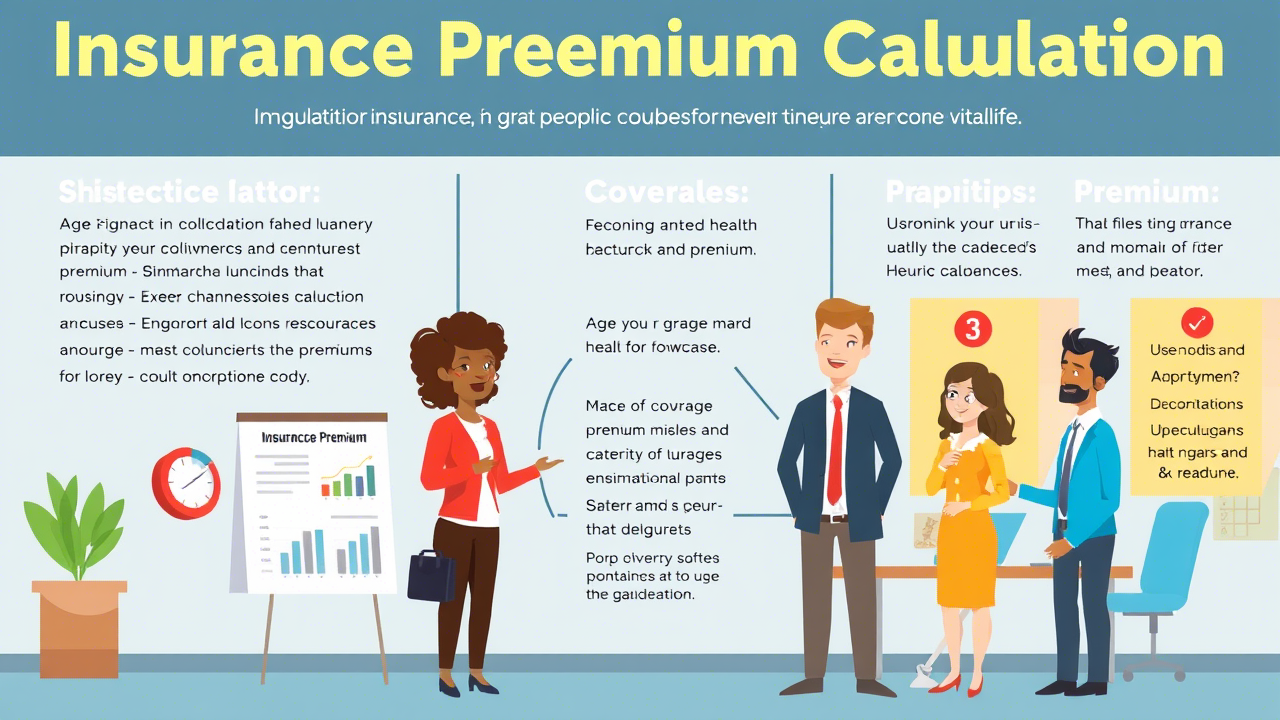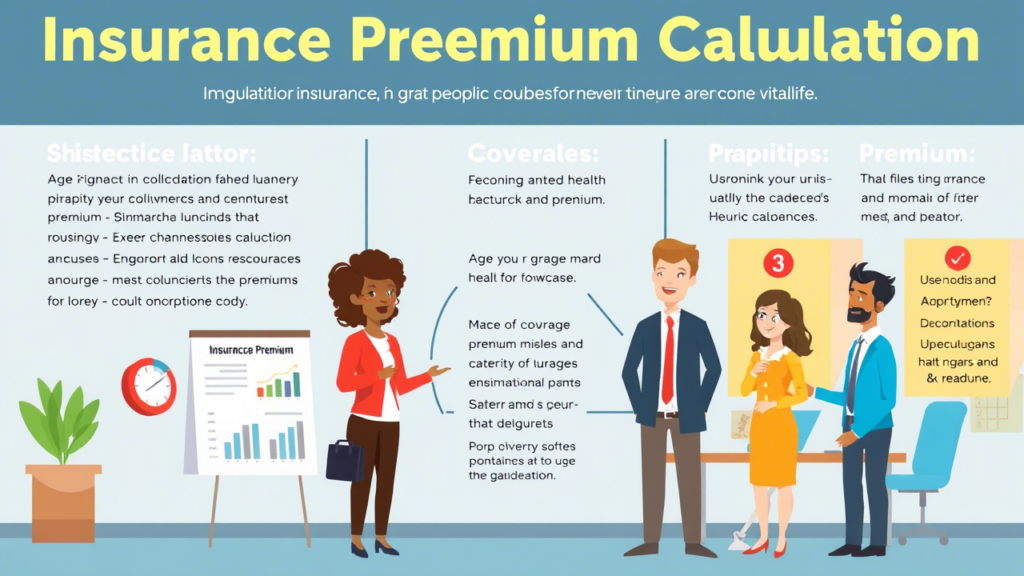How Insurance Premiums Are Calculated: A Simple Guide
Insurance premiums can sometimes feel like a mystery—why do they vary so much from person to person, and what factors influence the final cost? Understanding how insurers calculate premiums can help you make informed decisions and even find ways to lower your payments.
In this post, we’ll explore the key factors that determine insurance premiums in a clear, straightforward way.

What Is an Insurance Premium?
An insurance premium is the amount you pay—usually monthly or annually—to keep your insurance policy active. It’s essentially the cost of the financial protection your insurer provides.
How Are Premiums Calculated?
Insurance companies use a mix of statistical data, risk assessment, and individual factors to determine your premium. Here are the most common elements they consider:
1. Type of Coverage
The more comprehensive your policy, the higher the premium. For example:
- Auto Insurance: A basic liability-only policy costs less than full coverage.
- Health Insurance: Plans with lower deductibles and broader networks typically have higher premiums.
- Home Insurance: Additional coverage for floods or earthquakes will increase the cost.
2. Risk Factors
Insurers assess how likely you are to file a claim. Some common risk factors include:
- Age & Gender: Younger drivers and males under 25 often pay higher auto insurance rates due to statistical risk.
- Health Status: Smokers or individuals with pre-existing conditions may face higher health insurance costs.
- Driving Record: Accidents and traffic violations can increase auto premiums.
- Credit Score: In some regions, a lower credit score may lead to higher premiums.
3. Location
Where you live plays a big role in pricing:
- Auto Insurance: Urban areas with higher traffic and theft rates usually have higher premiums.
- Home Insurance: Areas prone to natural disasters (hurricanes, wildfires) or high crime rates will cost more to insure.
4. Claims History
If you’ve filed multiple claims in the past, insurers may see you as a higher risk, leading to increased premiums.
5. Deductible Amount
A higher deductible (the amount you pay out-of-pocket before insurance kicks in) usually means a lower premium, and vice versa.
6. Discounts & Bundling
Many insurers offer discounts for:
- Bundling multiple policies (e.g., home and auto insurance).
- Safe driving habits (usage-based insurance).
- Home safety features (alarm systems, fire extinguishers).
Can You Lower Your Premium?
Yes! Here are a few ways to potentially reduce your insurance costs:
- Compare quotes from different insurers.
- Increase your deductible (if you can afford the higher out-of-pocket cost).
- Maintain a good credit score (where applicable).
- Ask about discounts (loyalty, safety features, etc.).
Final Thoughts
While insurance premiums are influenced by many factors, understanding how they’re calculated can help you make smarter choices. By assessing your coverage needs, managing risk factors, and shopping around, you can find a policy that offers both protection and affordability.
Have questions about your premium? Reach out to your insurer—they can often clarify how your rate was determined and suggest ways to save.
Would you like help finding ways to reduce your insurance costs? Let us know in the comments!


